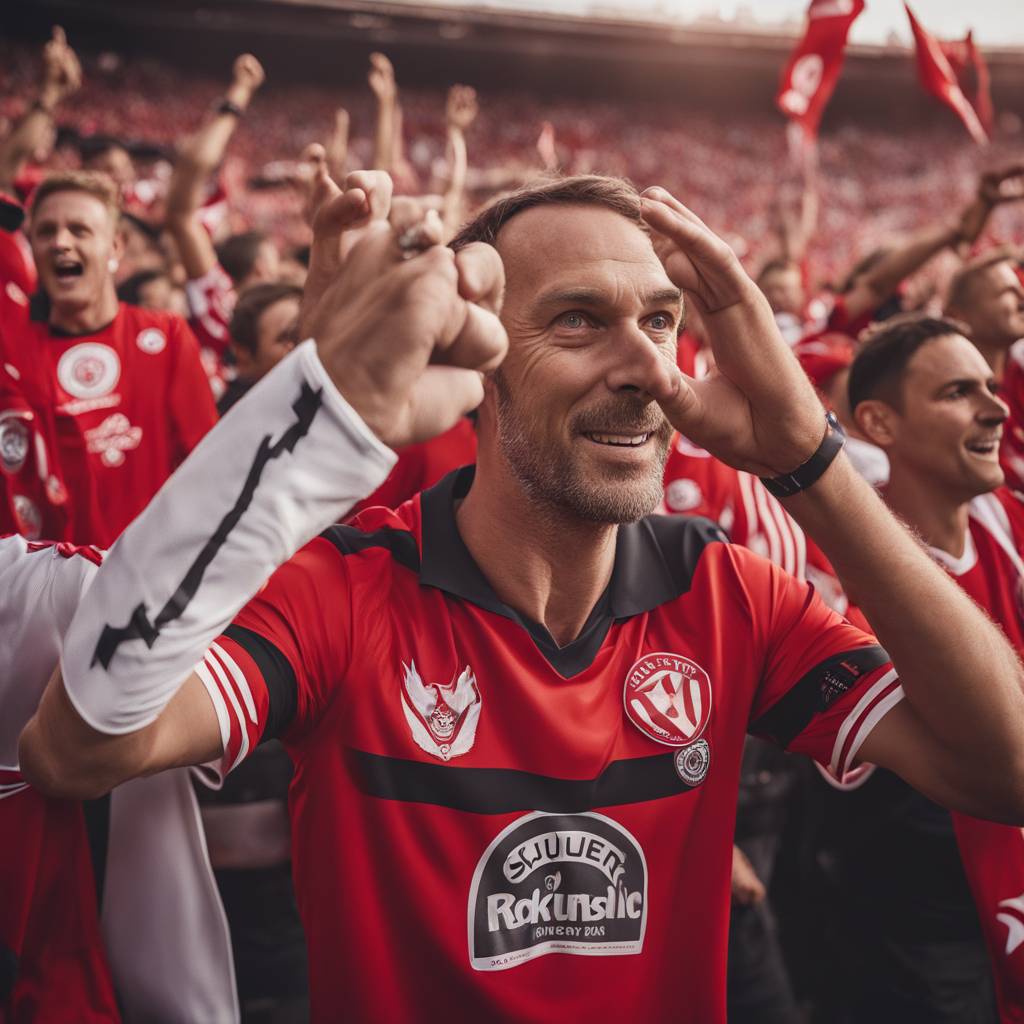Sieben, a Croatian Australian, was questioned by police regarding an incident where he was seen making gestures resembling a Nazi salute at a soccer match. He denied any connection to Nazism and claimed the incident was blown out of proportion. Sieben explained that he was simply cheering for Sydney United and that his gestures were misinterpreted due to the camera angle. Despite considering legal action against the media for defamation, he decided against it to avoid further unwanted attention. Sieben expressed concern about the impact on his reputation and business, stating that he would no longer attend soccer games even though he loved the sport.
Another individual, Marijan Lisica, was accused of wearing army camouflage and performing the Nazi salute at the match, while Nikola Gasparovic was seen carrying a World War II era Nazi flag. Gasparovic claimed he was celebrating the team and Croatian culture, denying any intent to display a hate symbol. The court examined whether the actions of the men constituted a Nazi symbol as described in new legislation, with the Crown prosecutor arguing that they did. Magistrate Joy Boulos indicated that the judgment would hinge on statutory interpretation, with the hearing ongoing.
Sydney United 58 FC, originally formed as Sydney Croatia in 1958 by Croatian Australians, has a strong cultural connection to its community. The team’s fans have a tradition of raising their hands during chants, a gesture that was misinterpreted as a Nazi salute in the incident. Sieben, who was identified in CCTV footage, expressed frustration at being wrongly portrayed and believed his Catholic upbringing and relationships with Jewish friends contradicted the Nazi association. Despite showing the footage to his friends for clarification, Sieben remained concerned about the impact on his personal and professional life.
The court reviewed body-worn footage of Sieben’s interaction with the police, where he maintained his innocence and explained the context of his gestures at the match. He expressed reluctance to pursue legal action against the media for fear of further negative publicity and potential damage to his reputation. Sieben’s understanding of the situation and the consequences of the false accusations reflected his desire to protect his image and prevent further harm to his business. His decision to refrain from attending future soccer matches highlighted the impact of the incident on his passion for the sport and his social activities.
The cultural significance of Sydney United and its fan base, rooted in Croatian heritage, adds context to the misinterpretation of gestures at the match. The court heard testimonies from Gasparovic and Lisica regarding their intent, with Gasparovic emphasizing his celebration of Croatian culture rather than promoting hate. The ongoing legal proceedings will determine whether the actions of the men align with the definition of displaying a Nazi symbol under new legislation. The complexity of the case highlights the intersection of cultural expression, misunderstood gestures, and legal interpretations, contributing to a broader discussion on the implications of symbolic actions in public spaces. As the hearing continues, the outcome will likely inform future discussions on the boundaries of expression and the impact of misinterpretation in sensitive contexts.


